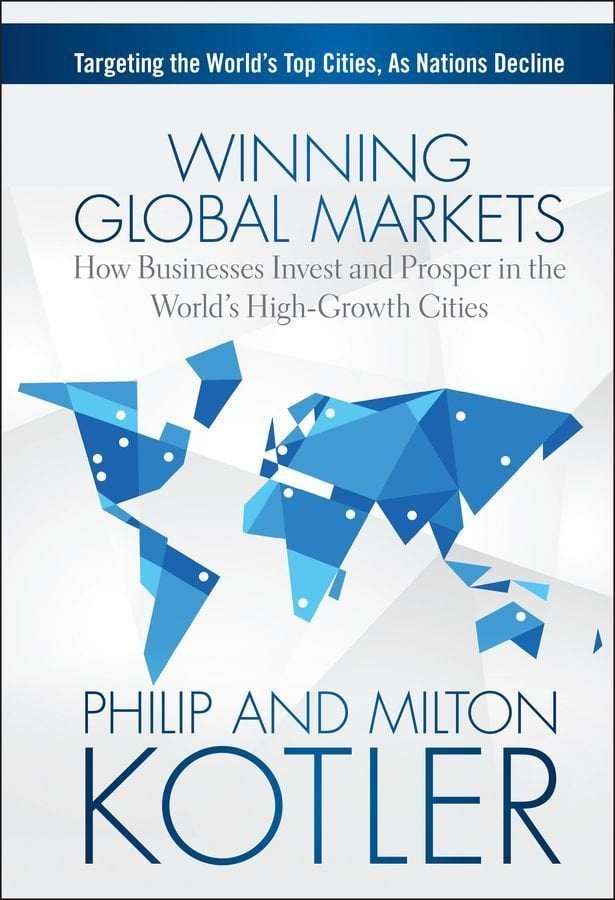This book identifies second stage challenges and opportunities for expanding renewable energy into a mainstay of electricity generation that can replace fossil fuels and nuclear power, comparing Japan with several countries in East Asia and Northern Europe. Environmentally sustainable renewable energy technologies have now overtaken fossil fuel and nuclear technologies in terms of total global investment, and the costs of these technologies and related ones (e.g. storage batteries) are rapidly falling. Yet renewable energy use varies greatly from country to country. Major second stage obstacles to replacing fossil and nuclear-fueled electricity generation include the lack of electricity grid capacity and storage assets. Opportunities and solutions include expanding grids regionally and internationally, building flexible smart grids that offer better demand management, and policies that promote the expansion of storage assets, especially grid batteries and hydrogen. In addition, two key factors - electricity market restructuring through unbundling transmission from electricity generating companies; and electricity market liberalization, especially for retail customers - allow consumers to choose power companies based not only on price, but also on method of generation, especially fossil or nuclear generation versus renewable energy.












